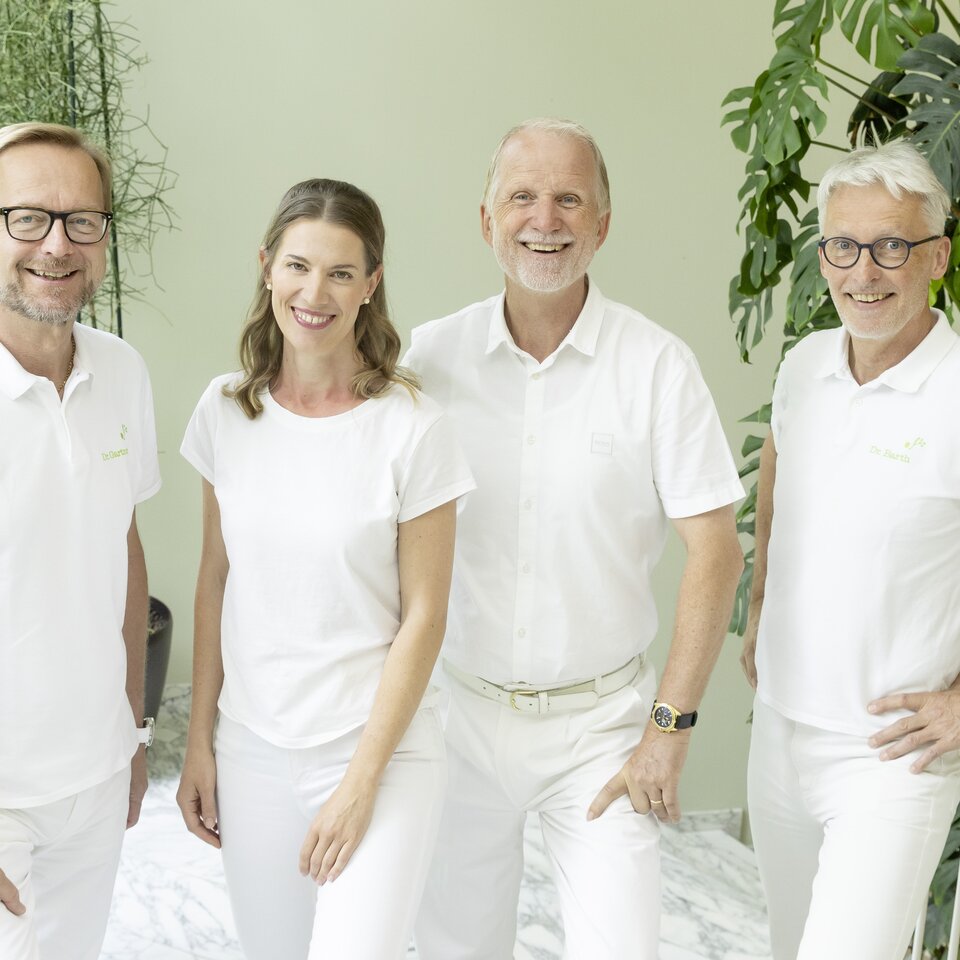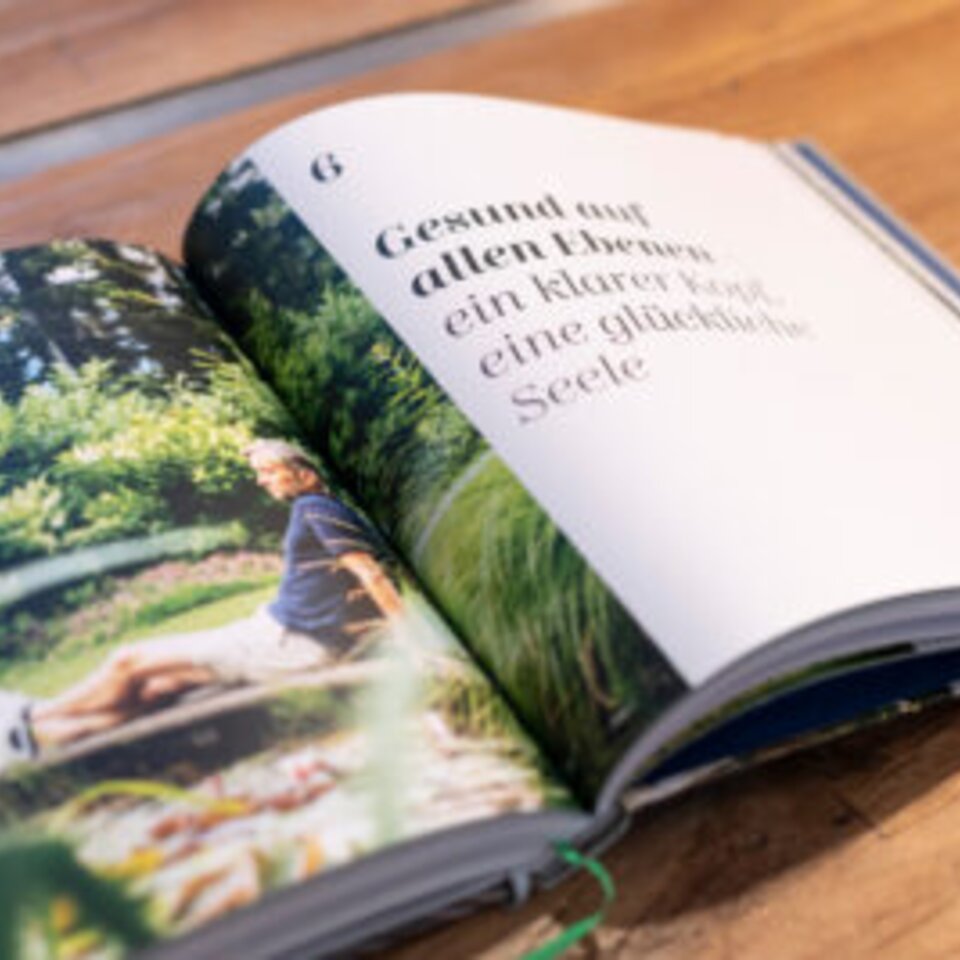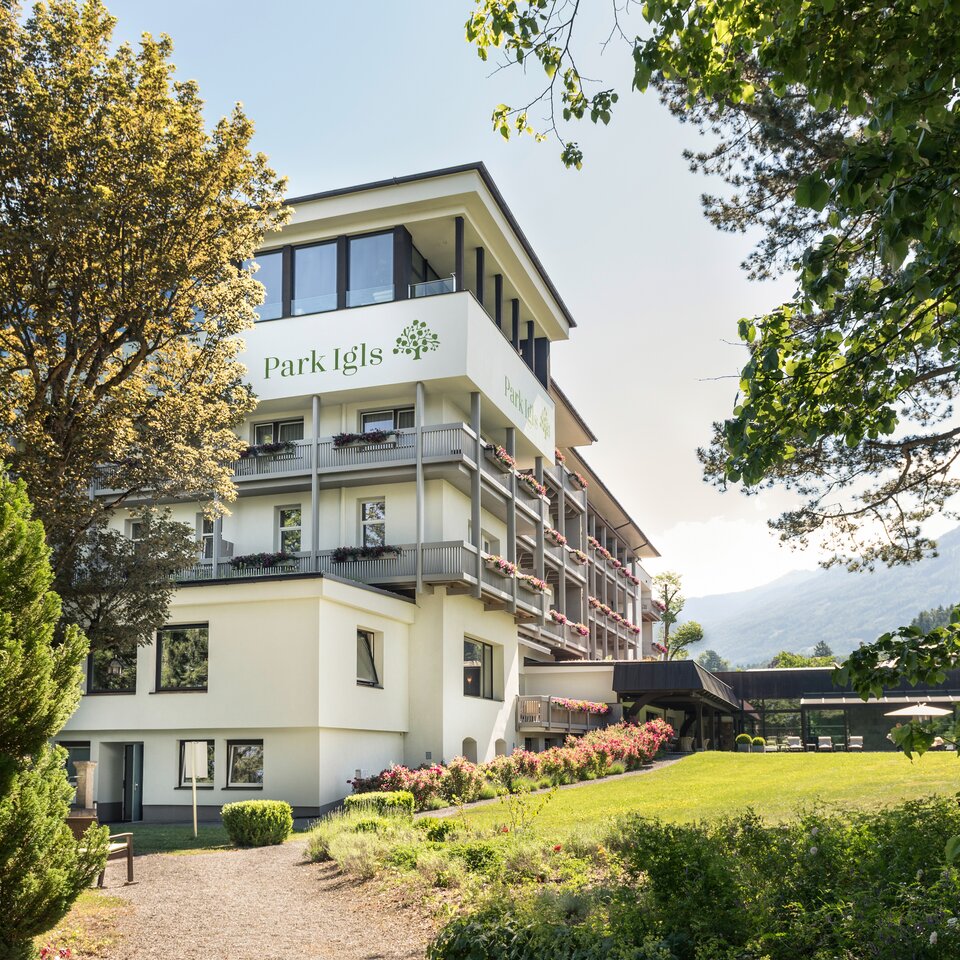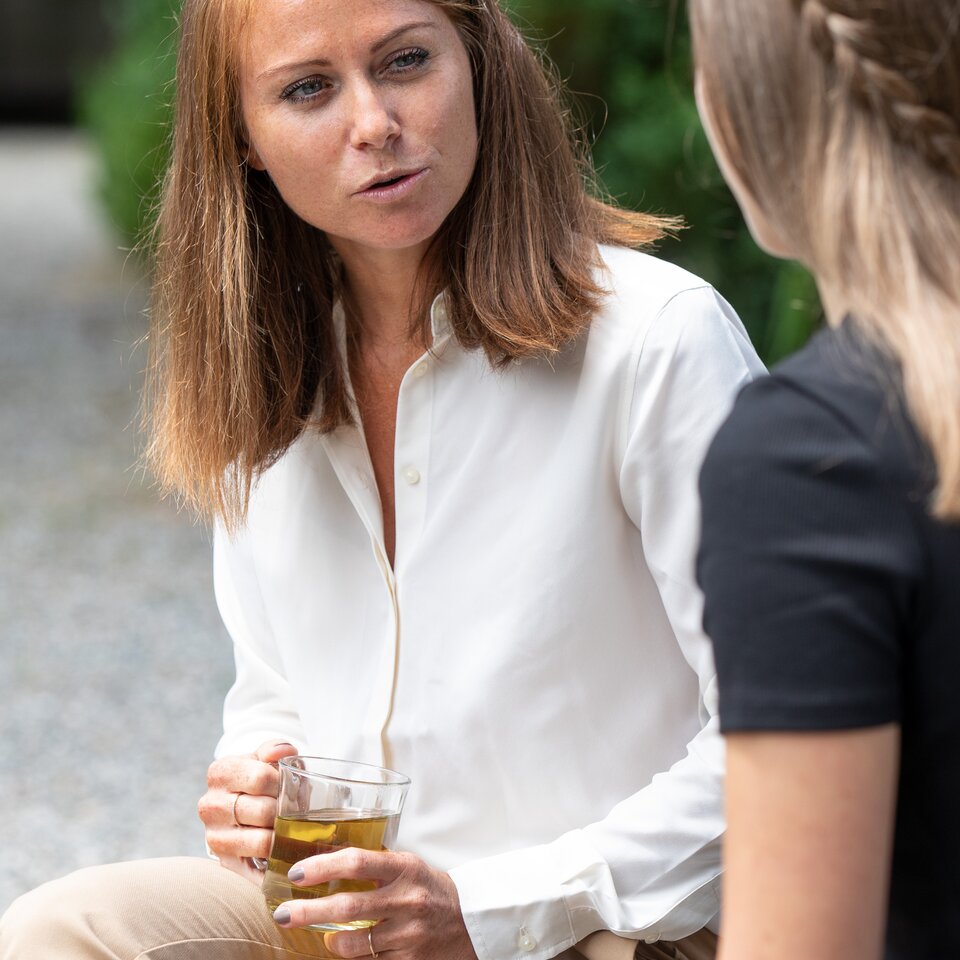Filter by topic:
(40 articles found)
Clear all filters

Clear tomato essence - recipe
Nutrition
Healthy and delicious tomato essence with leek, onions and shiitake mushrooms - recipes from the Park Igls Medical Spa Resort.
Read article
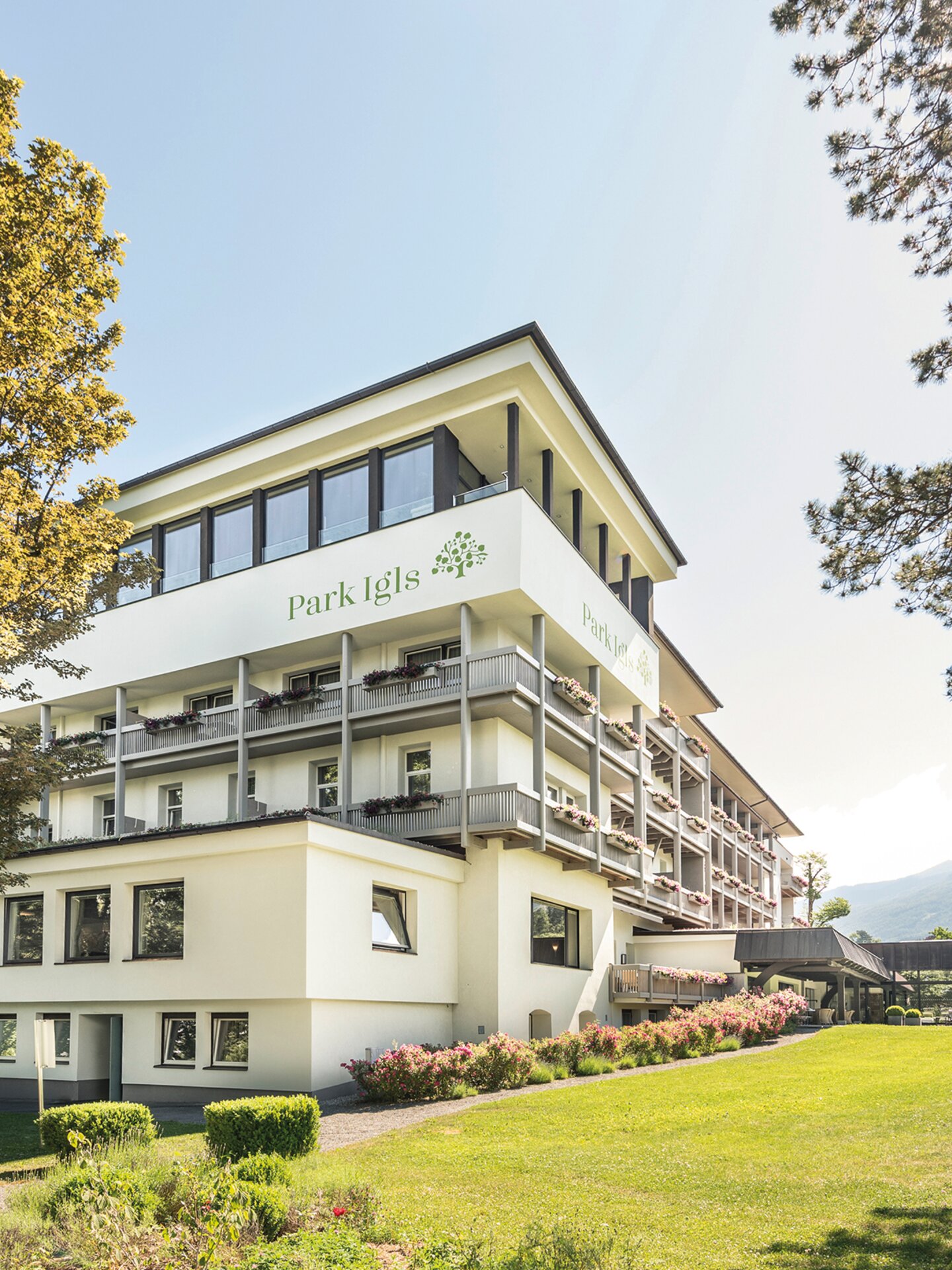
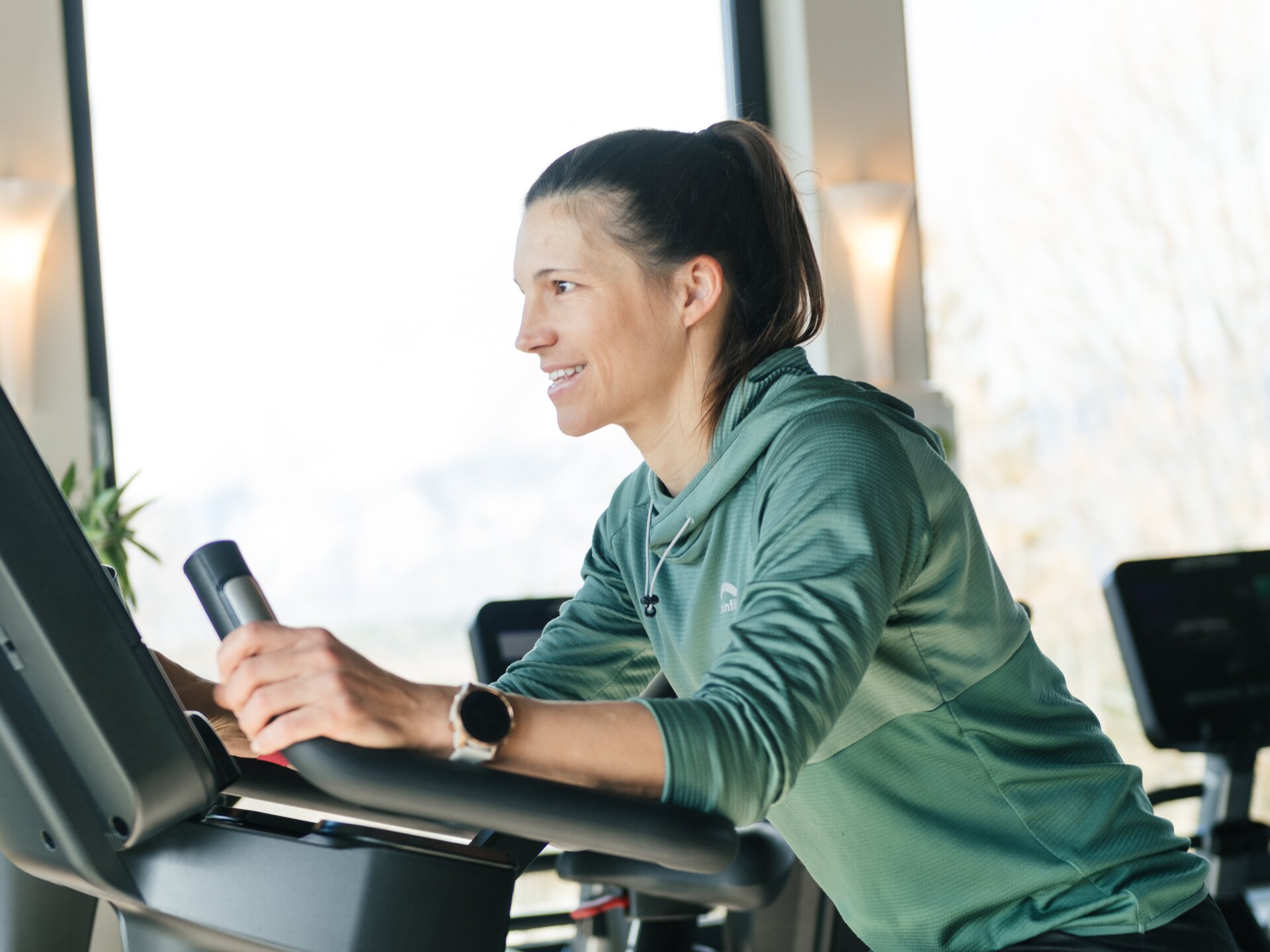
New successes with IHHT training
Exercise
Endurance athlete Bianca Somavilla relies on the services and expertise of Park Igls for her training and regeneration - and with…
Read article
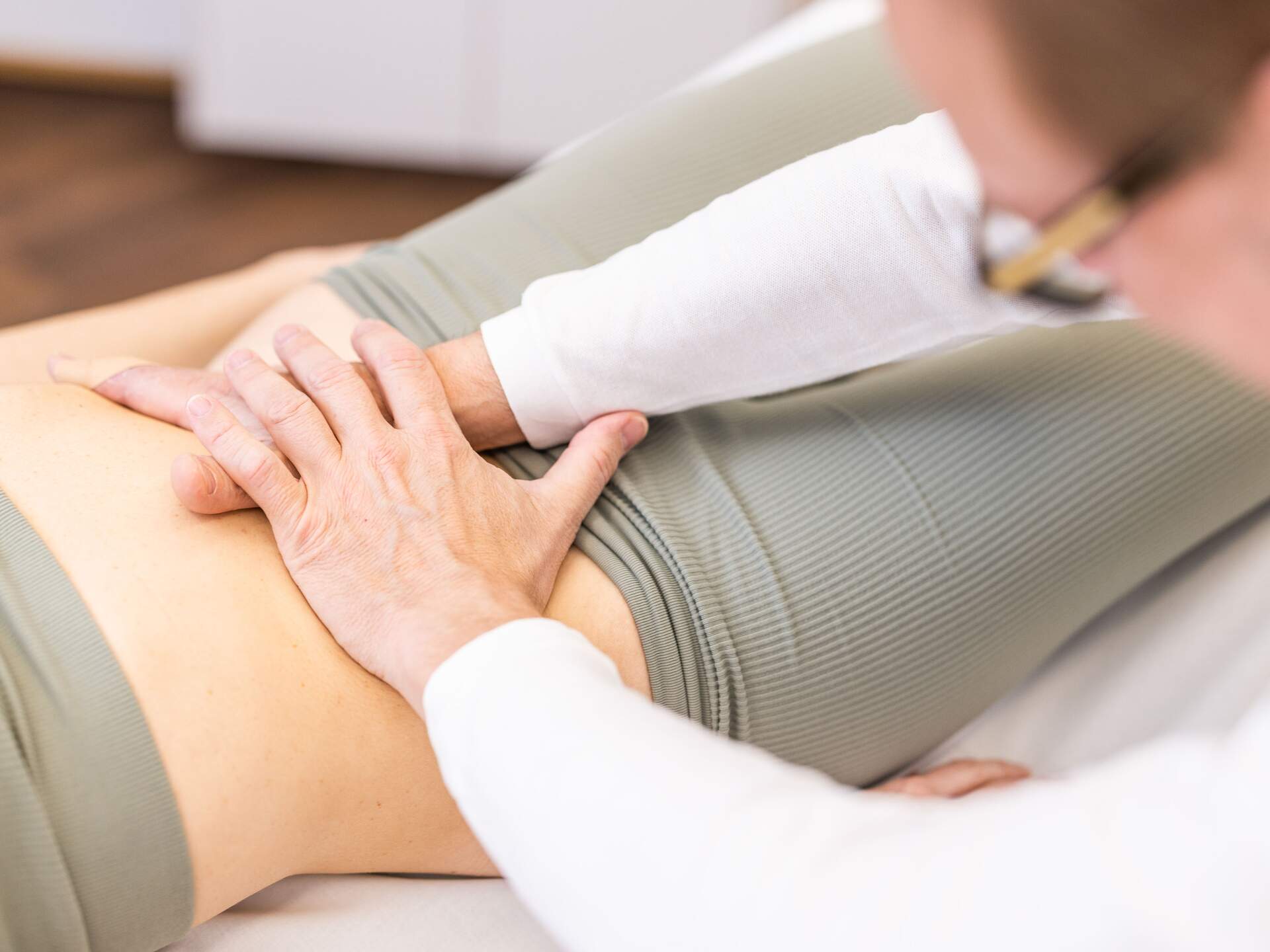
A solution for the irritable bowel syndrome
Nutrition
Regeneration
A rebellious gut, a turbulent past and a young woman in search of healing. How the life of a 35-year-old changed for the better w…
Read article

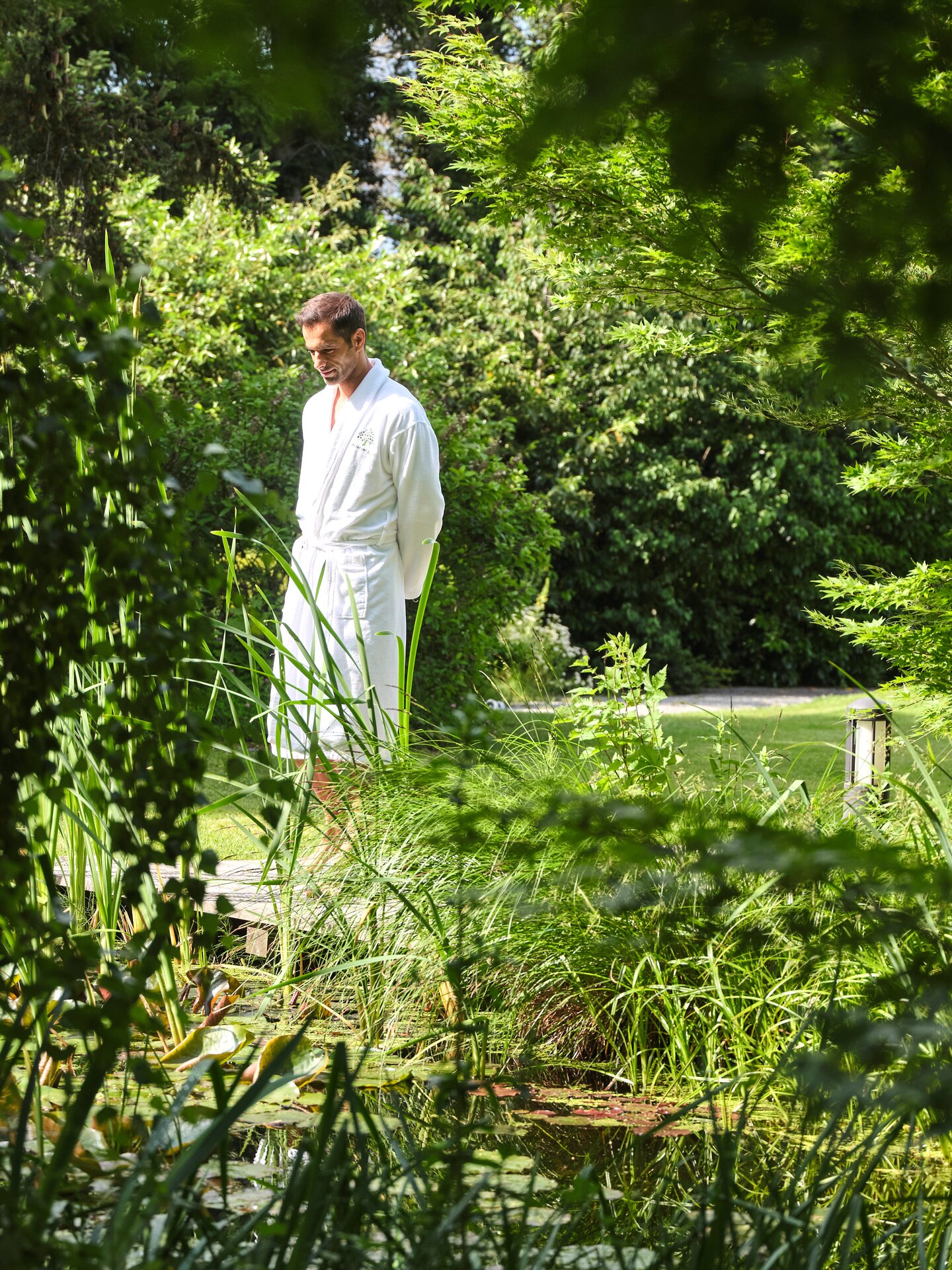

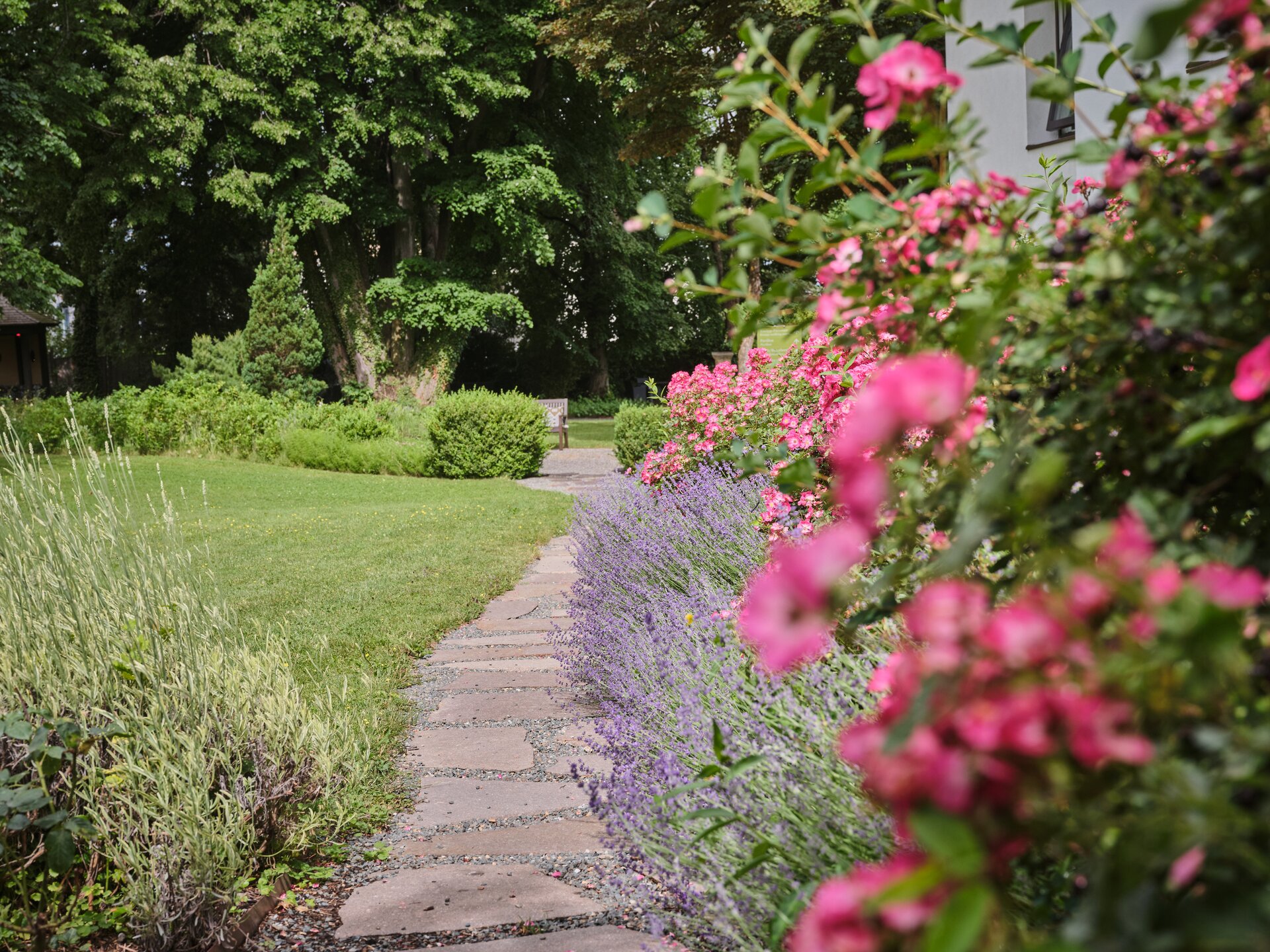
Non-smoker at last
Medicine
Regeneration
An 80-year-old man, plagued by health challenges and the battle against smoking, seeks help at the Park Igls Medical Spa Resort.
Read article

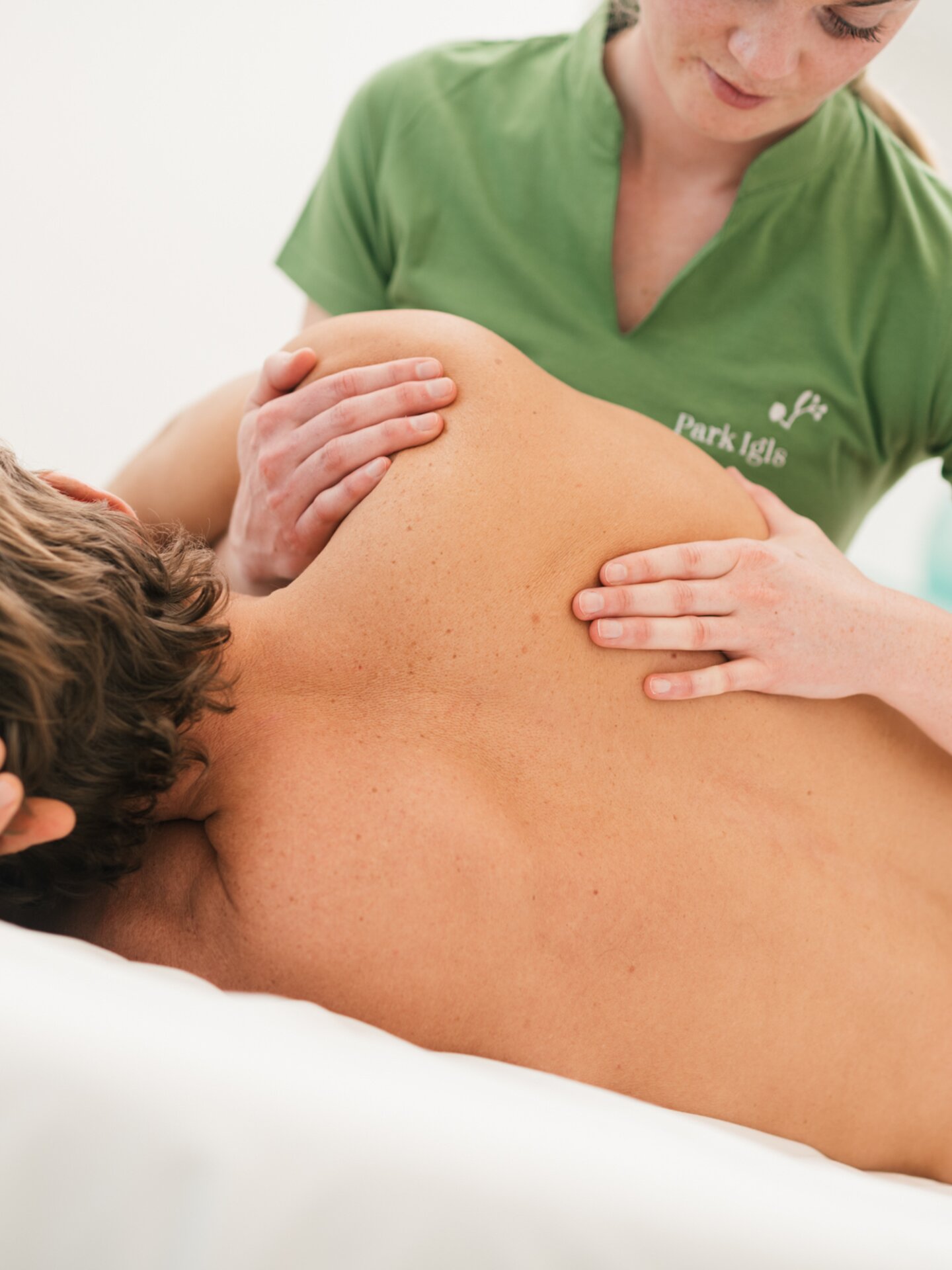

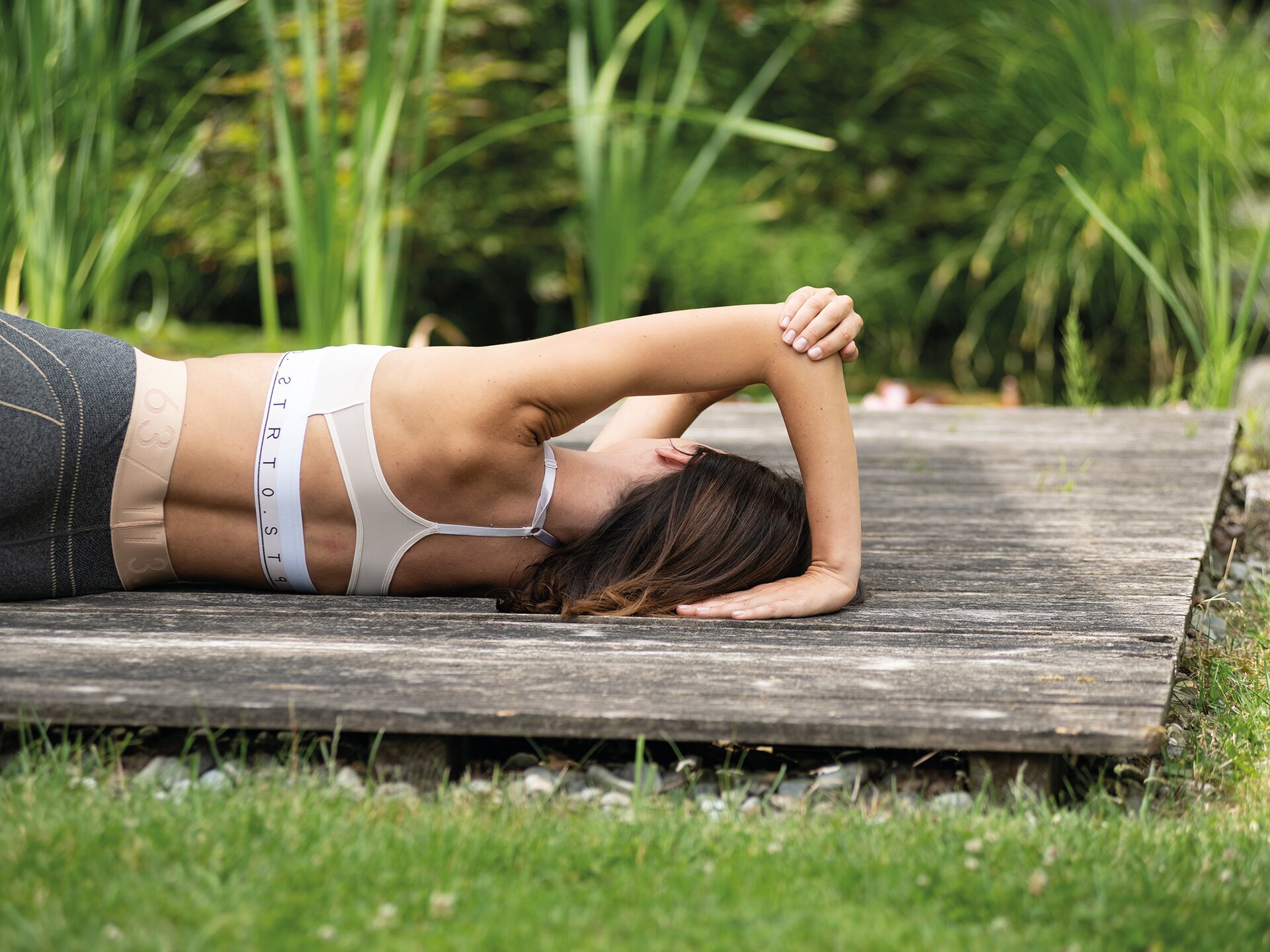
Relaxing correctly
Regeneration
Physical and mental health are characterised by a balance of tension and relaxation. Many people struggle to find this equilibriu…
Read article

Healthy oat and coconut kisses for Christmas
Nutrition
Markus Sorg, head chef at the Park Igls Medical Spa Resort, has once again created healthy Advent biscuits this year.
Read article
Load more articles
(10 of 40 articles)
Are you curious and want to know even more?
We look forward to getting in touch with you. Feel free to contact our team at the Park Igls Medical Spa Resort!




